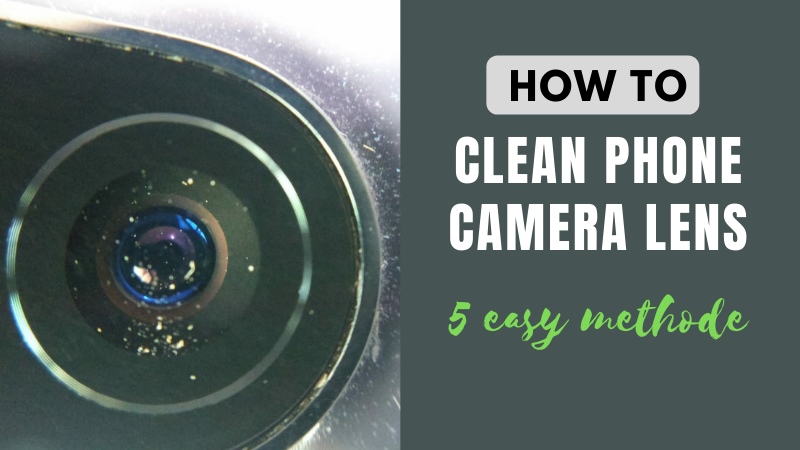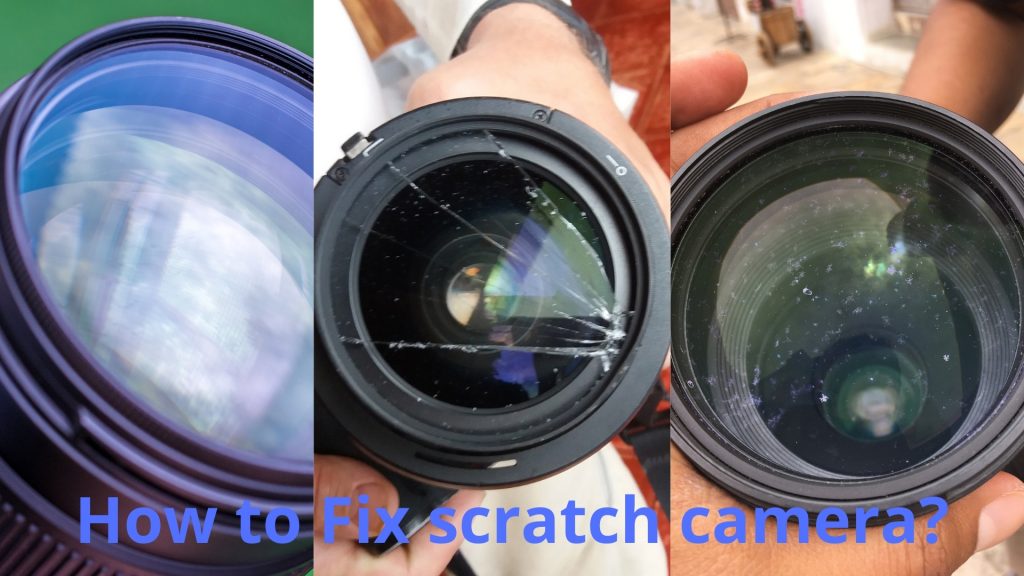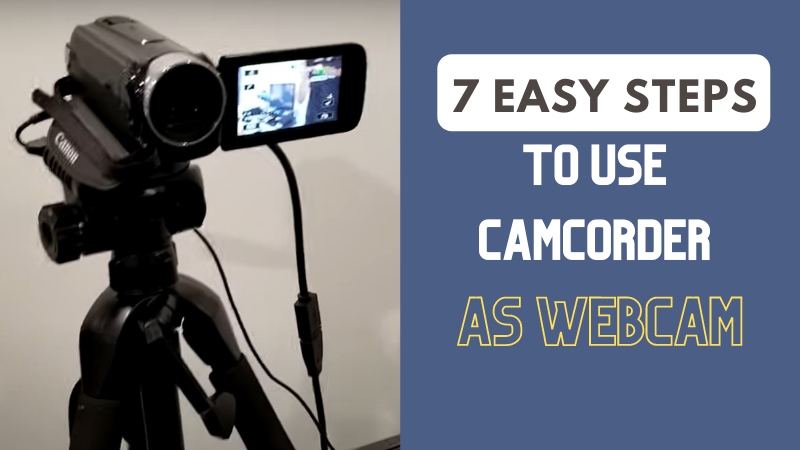Are you trying to find out whether your camera sensor is damaged? Sometimes it is hard to tell if the camera sensor is damaged or not since there is no one rule to tell.
However, there are a few clues that could give you an idea about it. In this article, we’ll discuss how to tell if your camera sensor is damaged so that you can diagnose the problem with your favorite photography tool.
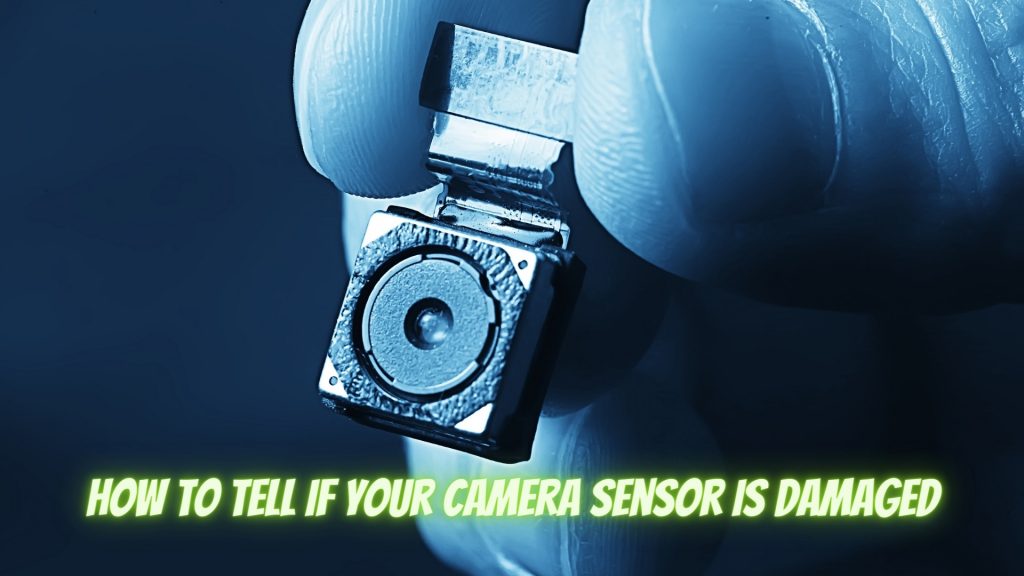
Some Necessary Settings Before Sensor Testing
To identify any damage yourself, you need to take some trial photos and videos first. So, fix your camera on the tripod since you must keep the camera steady while capturing images.
Additionally, you need to change some necessary settings for ease of detection.
Use A Lower Aperture
When light passes to enter the camera as the lens’s diaphragm opens, this opening is called the aperture. When you open the broad lense, more light enters and it becomes hard to detect any minor damage. When you set a lower aperture, it helps you to locate any damage in the lense if there is any due to minimum light.
Use A Lower ISO
ISO is your camera’s sensitivity to light. This sensitivity, in other words, the signal gain of the sensor is one of three elements that are used to control the exposure in photography. ISO increases or decreases the brightness and noise levels of a photograph.
The normal range of ISO in photography is between 200 to 1600. It is however better to lower this number if you want to detect any damage to the sensor. As unwanted noises and grains appear in the picture at ISO like 1600, 3200, 6400. Furthermore, the image quality is not as high as the lower ISO.
In addition, you must keep the camera steady while capturing images on the lower ISO. Because your footage could be ruined by a little movement.
Now take some random photographs and videos of various objects of various colors.
After you’ve taken all those, transfer them to your computer, open the photo editor, and zoom photos at 100% or 200%.
Look at those photos carefully, and you’ll start to notice some discrepancies in the quality.
Symptoms of a Damaged Sensor
The sensor is your camera’s most sensitive component. It can easily be damaged if it is exposed to scratches, dust particles, or the environment. So it must remain safe from any outside damage.
1. Multi-Color Stripes and Spots
If there is damage to your camera due to some incident, the most common sign is the showing of multi-color stripes on the photo screen. When there is damage to the camera sensor you will see a multi-color stripe on the screen.
On the video footage, you might also notice the presence of red spots that indicates a damaged sensor as well. Note that black or dark spots on videos are usually the result of a dirty sensor. You can. However, red spots are a true siren of the damaged sensor.
Here’s how to fix the scratched camera lens.
2. The Video has Horizontal Lines
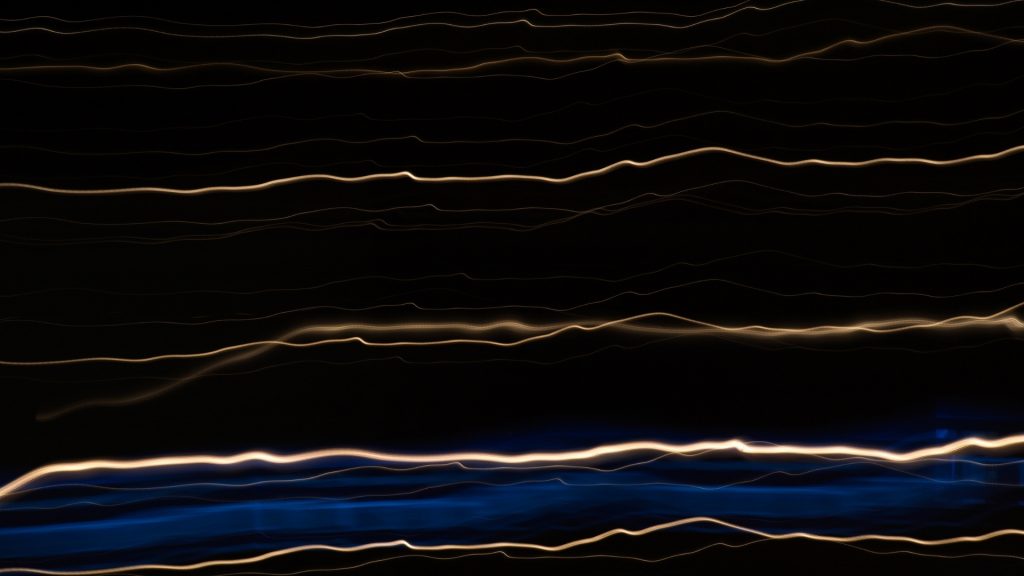
The best way to check whether there is damage in the camera sensor from the video is by looking at the footage of the sky. It is best if the sky is totally blue. If you see horizontal pixel lines or smudges in the sky, that means there is some sensor failure or damage.
On your footage, you may be able to find a narrow band of blue, red, yellow, green, and pink lines. When you zoom-in that you’ll notice the lines are not vanishing from the video. As if almost they’re a real part of the video.
Often these lines are mistaken for failure in the LCD screen. Often many novice technicians misdiagnose this for screen damage as they can’t tell if the lines belong to the video or the sensor. These horizontal lines appear when the pixel lines are destroyed.
3. The Quality of The Video is Decreasing
You’ve been shooting clear, lovable, crisp, and even pristine quality videos with this camera for years. Later after one day’s worth of recording you find smeared, spotted, and low-quality recordings from the same camera. It almost seems like they were shot with a VGA camera!
Sounds familiar? This could happen to anyone who’s been using a digital camera for many years. You can easily detect any approaching damage to your camera’s sensor if you notice any small white spot on the video footage.
If this problem occurs, there is no other way but to change the entire lens.
4. Dead or Hot Pixel Test
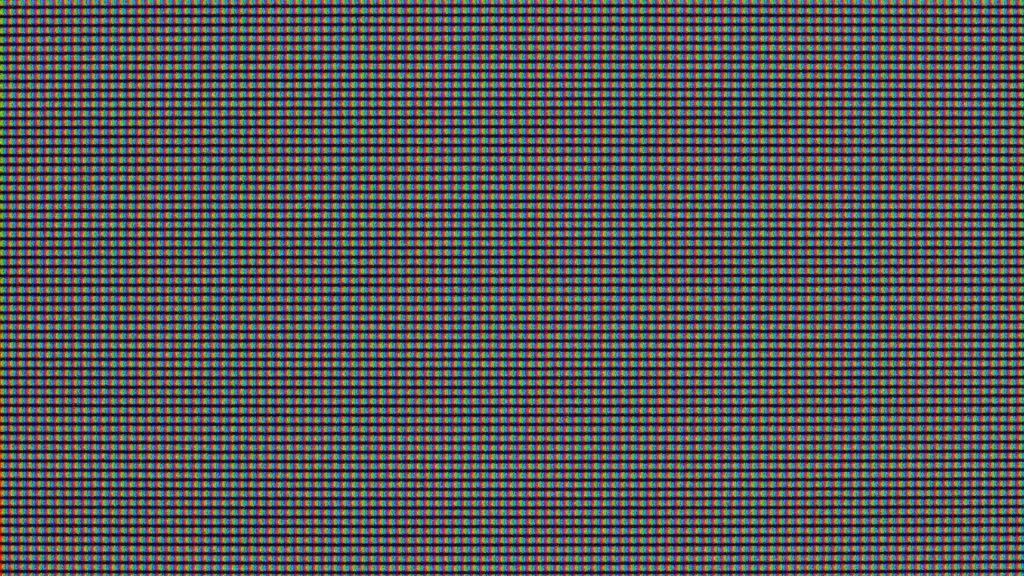
When a pixel stops working properly, it is called a dead pixel. They won’t show on your shots. Because they can’t receive any power from your camera.
Hot pixels, as opposed to dead pixels, receive power. They only show up when the camera gets hot. This happens when you’ve been shooting for a long time and using the same pixels over and over again.
Dead or hot pixels are rare in DSLR and mirrorless cameras. Their appearance remains a way of diagnosing your sensor when you buy a second-hand camera.
In particular, a warning sign would be the presence of dead pixels. You can see spots on your camera and it happens because of dead pixels. The video feed usually looks like black or dirty areas.
If dead or hot pixels occur, it is a sign of the camera’s damage. Fix your dead pixel as soon as possible. Here’s how to fix the scratched camera lens.
How To Test A DSLR Sensor?
The testing process is the same for both DSLR sensors and simple cameras. You can apply those methods which are mentioned above
Does The Sun Affect Camera Sensors?
The answer is yes. When the camera is directly directed towards the sun, all the light is captured by the camera’s lens. Long exposure to the sun may cause permanent damage to the sensor. You need to use a UV filter to mitigate the damage.
How To Avoid Camera’s Sensor Damage?
Dust, sand, and dirt do a great deal of damage to the sensor. Don’t let them get into the lens and the sensor. Use camera bags and shield the individual parts and lenses.
Don’t direct the camera straight into the sun for more than a few seconds. Strong UV light from the sun does great damage to the camera sensors.
A great challenge for any photographer is to keep the camera dry always. However, this is essential to keep the camera out of damage. If moisture gets into the sensor it will get damaged.
Final Words
There are some pretty nasty ways to damage your camera. And one of the common ways that cameras get damaged is through the sensor. In the end, protection can come down to common sense. In case you suspect some damage, you already know how to tell your camera sensor is damaged from this write-up.

